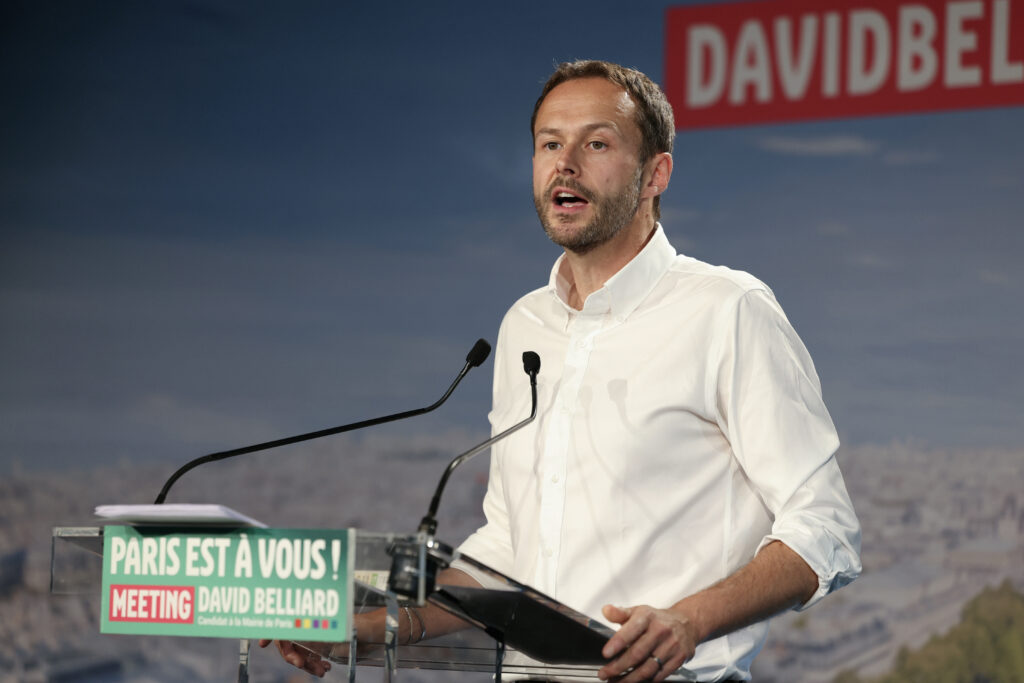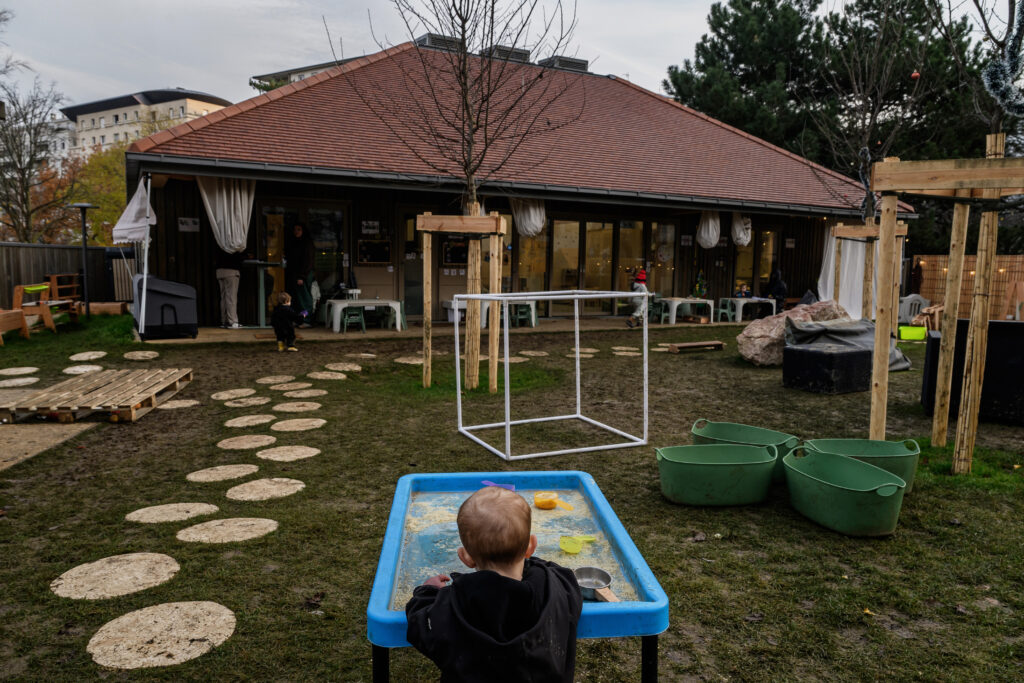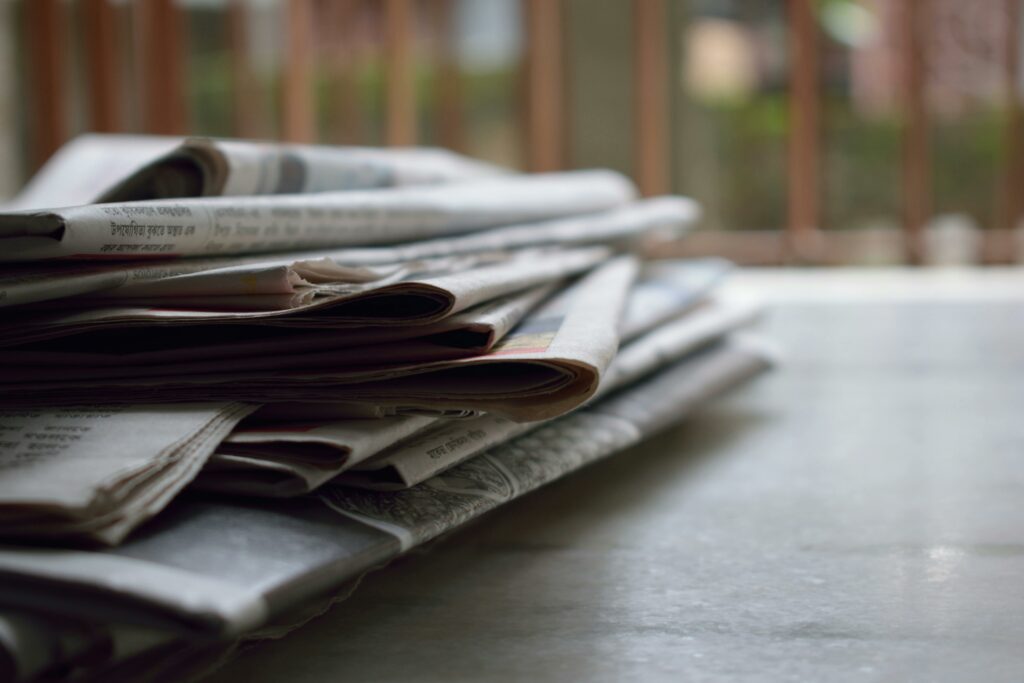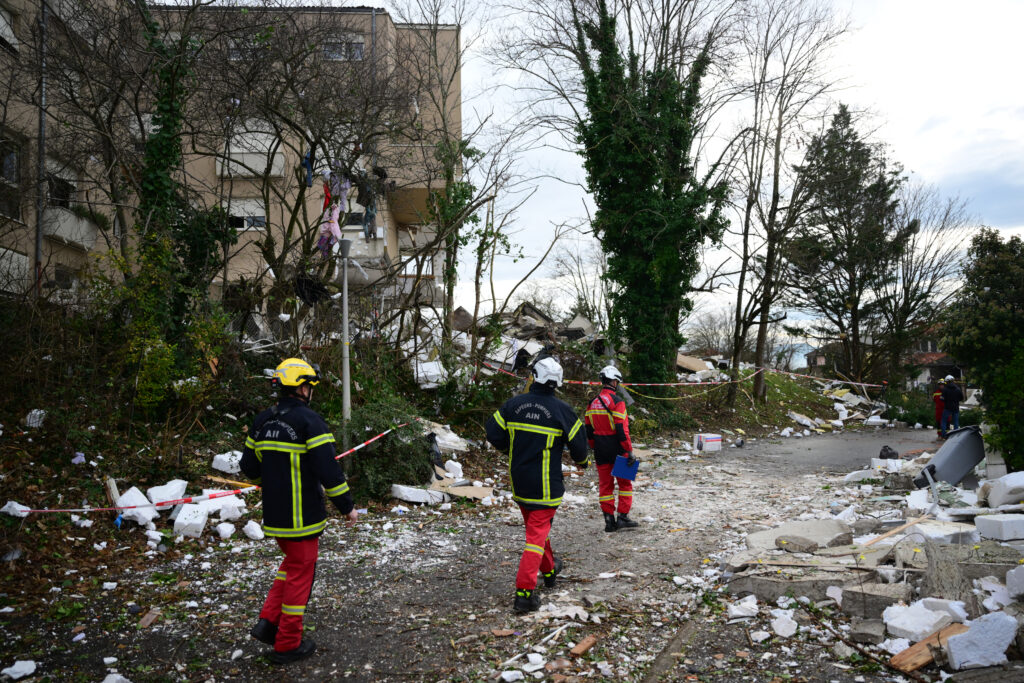Attentat de Sydney: l’assaillant inculpé de terrorisme, inhumation des victimes
La police a inculpé mercredi Naveed Akram, l’un des deux auteurs présumés de l’attentat sur une plage de Sydney, pour terrorisme et 15 meurtres, trois jours après le pire massacre en Australie depuis des décennies, dont les victimes ont commencé à être inhumées.”La police soutiendra devant le tribunal que cet homme a commis des actes qui ont causé la mort, des blessures graves et mis des vies en danger afin de promouvoir une cause religieuse et de semer la peur au sein d’une communauté”, a déclaré la police de Nouvelle-Galles du Sud.”Les premières indications suggèrent qu’il s’agit d’une attaque terroriste inspirée par l’EI, une organisation terroriste répertoriée en Australie”, a-t-elle souligné dans un communiqué, utilisant l’acronyme du groupe jihadiste État islamique.Naveed Akram a été grièvement blessé par la police pendant la fusillade dimanche sur la plage de Bondi et, selon les médias locaux, est sorti du coma mardi soir. Son père, avec lequel il a mené l’assaut, Sajid Akram, a été abattu lors de l’attaque.Les premières obsèques après l’attentat se sont déroulées sous haute sécurité mercredi matin à Bondi, où le père et le fils ont tué dimanche 15 personnes rassemblées pour la fête juive de Hanouka.Une foule de fidèles en larmes a accueilli à la synagogue Chabad de cette banlieue de Sydney la dépouille du rabbin Eli Schlanger, première des victimes de l’attentat à être inhumée, parmi un important dispositif policier, ont constaté des journalistes de l’AFP.”Cette perte est immense pour tout le peuple juif, mais pour notre communauté ici, pour le Chabad de Bondi, elle est indicible”, a souligné le rabbin Levi Wolff.Surnommé “Le Rabbin de Bondi”, Eli Schlanger, 41 ans, était aumônier et avait exercé dans des prisons et des hôpitaux. Il était père de cinq enfants. “Tu es mon fils, mon ami et mon confident”, a déclaré son beau-père, Yehoram Ulman, lors de la cérémonie.Parmi les victimes figurent également une petite fille de 10 ans, deux survivants de la Shoah et un ressortissant français, Dan Elkayam.Un autre rabbin assassiné dimanche, Yaakov Levitan, 39 ans, père de quatre enfants, doit être également inhumé mercredi à la synagogue Chabad de Bondi. Ce mouvement représente une branche du judaïsme hassidique et avait organisé les festivités de dimanche sur la plage de Bondi. – “Ne pas avoir peur” -“Aujourd’hui sera une journée particulièrement difficile”, a déclaré le Premier ministre Anthony Albanese à la radio locale, soulignant être “de tout cœur avec la communauté”.Autre rabbin présent aux obsèques, Yossi Friedman a souligné que la communauté était “extrêmement atteinte”.”Nous devrions pouvoir être nous-mêmes et ne pas avoir peur”, a déclaré Danny Gingef, 66 ans, venu à la cérémonie. M. Albanese a souligné mardi que les assaillants étaient “motivés par l’idéologie” du groupe jihadiste État islamique, dont deux drapeaux ont été retrouvés dans leur voiture.Armés de plusieurs fusils légalement détenus, les deux hommes ont criblé la plage de balles pendant dix minutes.Naveed Akram, 24 ans, avait fait l’objet de vérifications des renseignements australiens en 2019, sans paraître constituer à l’époque de menace immédiate.Selon les autorités philippines, les deux hommes se sont rendus dans le pays du 1er au 28 novembre, respectivement avec un passeport indien et australien. Leur destination était la région de Davao, sur l’île de Mindanao, théâtre d’une insurrection islamiste.Manille a toutefois démenti mercredi abriter des camps d’entraînement jihadistes. Le président Ferdinand Marcos “rejette formellement (…) la description trompeuse des Philippines comme étant le centre de formation de l’État islamique”, a affirmé sa porte-parole, soulignant qu'”aucune preuve n’a été apportée”. – “Héros” -M. Albanese a rendu hommage mercredi à l’héroïsme d’un couple de sexagénaires tué dans l’attentat, après que des images filmées par une caméra embarquée dans un véhicule les ont montrés en train de se battre avec l’un des tireurs.”Je rends hommage à Boris et Sofia Gurman. Boris a attaqué l’un de ces terroristes alors qu’il sortait de la voiture. Et cela a causé la mort de M. et Mme Gurman”, a-t-il déclaré, qualifiant le couple de “héros australiens”.M. Albanese, s’est rendu mardi au chevet d’Ahmed Al Ahmed, également qualifié de héros pour avoir réussi à arracher le fusil des mains de Sajid Akram. Son geste, qui a été filmé, est devenu viral sur les réseaux sociaux.Les dirigeants australiens ont convenu de durcir les lois qui avaient permis à Sajid Akram de posséder six armes à feu.Mardi, le Premier ministre israélien Benjamin Netanyahu a estimé que la décision australienne de reconnaître la Palestine sur fond de guerre à Gaza avait mis de “l’huile sur le feu de l’antisémitisme”.






